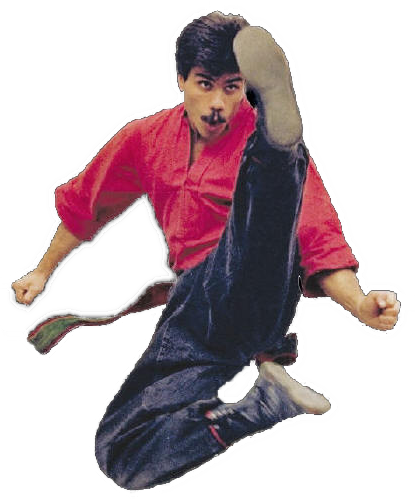Dear Ostad Jalilzadeh and dear Jamshid, thank you so much for the answers!
To Jamshid: I have never thought of a mummay as a preparation for the next one, thank you! About the gados, at the moment I didn't got what you meant, but after Ostad Jalilzadeh's answer I got it.
Functional guard before an action. I think the key to understand it is the term "funcional".
To Ostad Jalilzadeh: Thank you!!! Yes we take 4 times our body in position with hands on the side and 3 times we say "Heis", I noticed before but I didn't got the reason. Now I got it!
Here is like that too, when you move and say 'Heis", take all the air out of your body and stay like that, it means you make yourself ready to get punch or kick. So it should be a tactic some times for showing you are ready to take a hit to bring the opponent morality down and show your power and ability.
Finally I got the sense of that technique! completely different from what I knew (that was without any sense).Thanks again! Usually everytime we go in that position we take the air out and say "heis", we do like this also in atado. the only exception is the 3rd time in Anattawa. I ask myself why....maybe it would be too much? I mean, maybe saying it every time at so short distance I would take my energy down and have the opposite effect?
As I explained before Gado is Guard. So when you have a guard, it is either for an attack, a defense, to make power or simply to show to make your morality up and the opponent down.
Here in Anattawa all of them are to make power and give the techniques a round power from the side to the front because we are at the position that the reaction is not fully functioning before the technique.
Thank you Ostad, this is the perfect explanation I needed!! This allows me to search for them in all the mummayies.
About Atado: right!! I had missed. I mean, I knew it without being fully aware anyway. I searched first in my memory and than in the pictures, and I found only 2 gados in Atado, which are both those you mentioned. Did I got correctly?
So 8 in Anattawa, 2 in Atado?
Thank you again!
 Welcome To Body & Mind Training Institute Inc
Welcome To Body & Mind Training Institute Inc